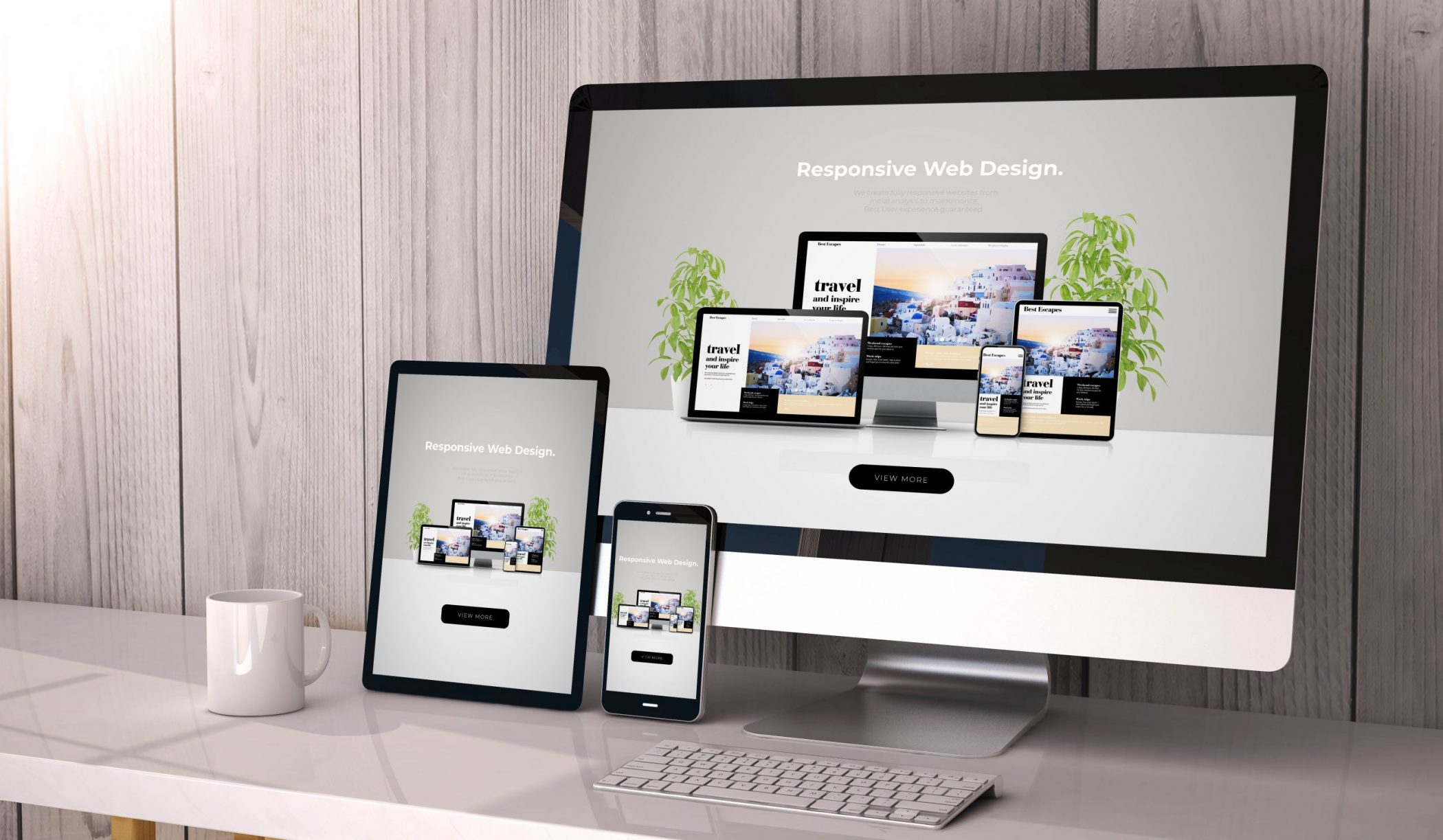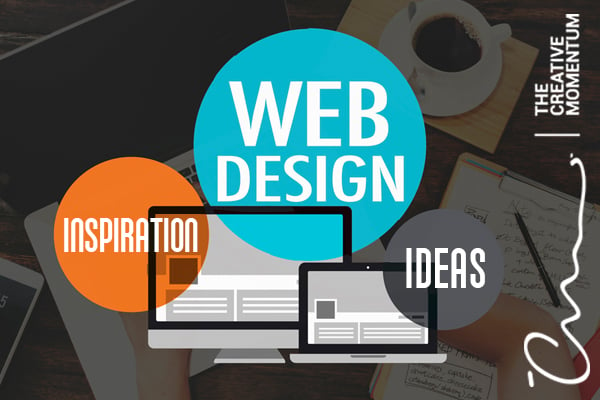Customized Aligned Position Web Design: Unique Web Designs That Reflect Your Brand’s Identity
Customized Aligned Position Web Design: Unique Web Designs That Reflect Your Brand’s Identity
Blog Article
The Most Effective Kinds Of Web Design to Boost User Experience and Interaction
In the ever-evolving landscape of electronic interaction, the effectiveness of website design substantially impacts customer experience and interaction. Numerous design strategies, such as minimalist, receptive, and interactive layouts, each deal special benefits that can deal with varied individual requirements. Recognizing which types of website design best serve these purposes can be pivotal for organizations intending to enhance client fulfillment and retention. The concern stays: which layout aspects really reverberate with customers and foster purposeful involvement? The exploration of these concepts reveals vital understandings that might redefine your technique to Web style.
Minimal Website Design
As digital landscapes end up being significantly cluttered, minimal website design has actually emerged as an effective strategy to boosting customer experience. This style viewpoint prioritizes simpleness, concentrating on necessary aspects while getting rid of unnecessary distractions. By making use of ample white space, uncomplicated navigating, and a limited color combination, minimalist style fosters clearness and routes customer interest to key web content.
The core concept of minimal Web style is to create a smooth interaction for users. By reducing cognitive lots, users can swiftly realize info without feeling bewildered. This straight strategy not just improves use however also urges involvement, as visitors are more most likely to explore a site that is simple and visually attractive to navigate.
Additionally, minimalist style typically highlights typography and images, utilizing these aspects purposefully to convey messages efficiently. In essence, minimal Web design is not just a pattern; it is a thoughtful method that identifies the significance of user-centered style.
Receptive Web Layout
In today's varied electronic environment, responsive website design has ended up being crucial for creating a seamless individual experience across a wide variety of tools. As customers gain access to internet sites on smart devices, desktops, tablets, and laptops, the capacity of a site to adapt its layout and content to various display sizes and resolutions is important.
Receptive Web layout uses flexible grids, photos, and CSS media questions to make certain that Web content exists optimally, despite the tool utilized. This technique not only boosts the aesthetic appeal of a website yet likewise substantially improves usability. Individuals are a lot more likely to involve with a website that uses a constant experience, as it eliminates the frustration of needing to zoom in or scroll excessively.
Moreover, search engines, consisting of Google, prioritize mobile-friendly internet sites in search positions. By taking on receptive design, organizations can enhance their visibility and get to a more comprehensive target market. This technique additionally simplifies internet site maintenance, as a solitary version of the website can accommodate all tools, decreasing the demand for multiple versions. In recap, responsive website design is an essential technique that improves user experience, involvement, and overall contentment.
Interactive Web Design
Responsive Web design prepares for improving individual experience, yet interactive website design takes this an action better by engaging individuals in a much more vibrant means - Aligned Position Web Design. By including components such as animations, clickable prototypes, and real-time comments, interactive Web layout astounds users, attracting them into a richer go browsing experience
This approach not just cultivates involvement but also encourages individuals to explore content actively instead than passively eating it. Methods such as gamification, where customers gain rewards for finishing jobs, can significantly enhance the time invested in a site and improve overall fulfillment. In addition, interactive attributes can simplify intricate info, making it a lot more absorbable and delightful.

Integrating interactive layout elements can likewise lead to higher conversion prices, as individuals are more likely to engage with a website that proactively involves them. Aligned Position Web Design. Eventually, interactive Web design changes individual experiences right into unforgettable journeys, ensuring that visitors return time after time
Apartment Design
Characterized by its minimalistic method, flat design emphasizes simpleness and performance, removing unneeded aspects and concentrating on important functions. This style ideology focuses on use, making sure that customers can browse user interfaces effortlessly and performance. By utilizing a tidy aesthetic, flat layout removes the mess usually located in extra elaborate styles, consequently improving user focus on content and capability.
The characteristic of flat design depends on its use strong colors, simple typography, and geometric forms. These elements contribute to an aesthetically enticing interface that is both friendly and modern-day. Additionally, level layout promotes a sense of clarity, permitting customers to recognize necessary actions and information without disturbance.
Furthermore, flat layout is particularly efficient in receptive Web design, as its simpleness converts well across different tools and display dimensions. By focusing on vital attributes, flat design not only satisfies user requirements however additionally encourages seamless interaction, making it a crucial component of reliable Web layout techniques.
Adaptive Website Design
Flexible Web layout customizes the user experience by creating several taken care of formats tailored to various display dimensions and tools. Unlike receptive layout, which fluidly readjusts a solitary format, adaptive design employs distinct layouts for particular breakpoints, making sure ideal discussion on different systems. This technique enables designers to focus on the distinct attributes of each gadget, improving functionality by providing exactly what users need based on their context.
One of the primary advantages of flexible Web style is its capability to optimize load times and performance. By offering customized material and pictures that fit the user's device, websites can minimize information use and enhance loading speeds. This is particularly advantageous for individuals with slower links or restricted data strategies.

Additionally, adaptive layout facilitates a much more regulated and consistent branding experience. Because developers create several formats, they can ensure that the visual components align with the brand name's identity across various systems - Aligned Position Web Design. This causes a cohesive individual experience, boosting engagement and advertising customer retention
Conclusion
To conclude, the assimilation of minimal, receptive, and interactive Web style concepts considerably improves individual experience and involvement. Minimalist style promotes clarity and focus, while responsive style makes certain flexibility throughout numerous tools, promoting availability. Interactive style mesmerizes individuals with vibrant aspects, motivating expedition and customization. Jointly, these layout comes close to add to the production of easy to view publisher site use environments that not only improve fulfillment however also drive higher conversion rates, underscoring their important value in modern website design methods.

Minimal style cultivates quality and emphasis, while receptive design ensures versatility across different tools, promoting availability. Jointly, these layout comes close to add to the production of straightforward settings that not just boost satisfaction but also drive greater conversion prices, emphasizing their essential importance in modern Web layout methods.
Report this page